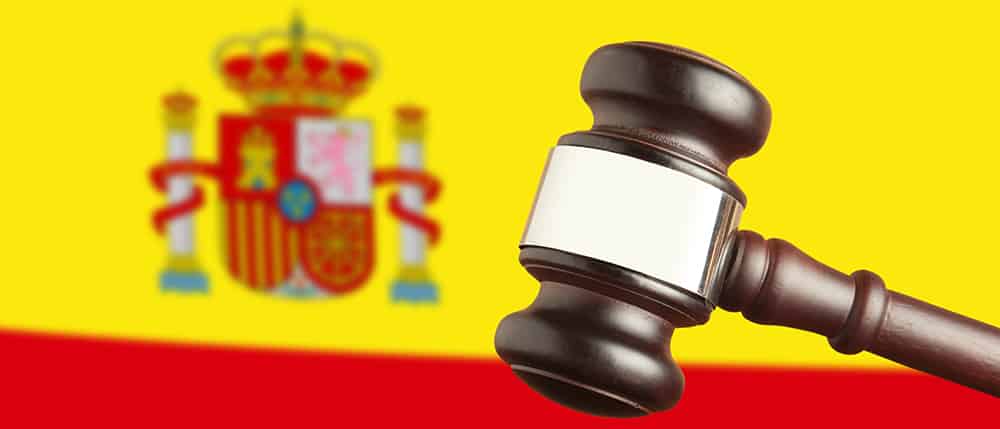
Government Type:
Parliamentary monarchy operating under the Spanish constitution of 1978. The three familiar branches: legislative, executive, judiciary.
Legal System:
Civil law, which comes down from ancient Rome and is based on comprehensive legal codes and laws. The U.S. system is based on common law, which comes from England and uses case law derived from published judicial decisions.
Judiciary’s Structure:
Judges and magistrates. They’re independent, irremovable and subject only to the rule of law. They are liable for their judicial actions (subject to limitations).
How to Become a Spanish Judge:
Three ways
- Get a law degree. Then pass the free public competitive examination and complete a special course at a judiciary school (average prep time: more than four years!). Spend one year at the Spanish Judicial School in Barcelona and then do a one-year internship in a jurisdiction.
- Be a legal professional with “renowned competence” and 10 years of practice. Complete a training course at the judicial school and then apply for a merit-based appointment.
- Be a renowned legal professional with more than 15 years of legal practice and ask the general council of the judiciary for a discretionary appointment. One out of every five senior judge vacancies are allocated for these types of appointments.
Fun Fact:
Women weren’t allowed to serve as judges until 1966, but as of 2014 they account for two-thirds of the judiciary (mostly lower courts).

The Hon. Mary-Margaret Anderson (Ret.), a retired administrative law judge with the California Office of Ad...

Happy October, Gaveliers faithful. Are you loving this or what? No one believed a team made up of judges...


Hon. Diane J. Humetewa, the first Native American woman and the first enrolled tribal member to serve as a ...

Retired Massachusetts Chief Justice Margaret H. Marshall has been selected as the 2024 winner of the presti...